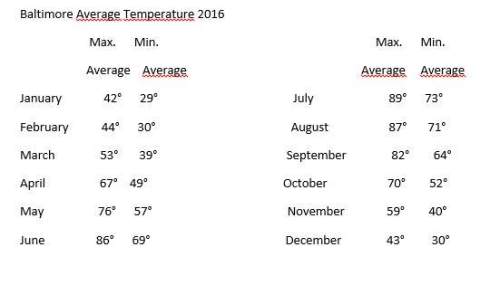
Mathematics, 08.03.2021 18:30 alexmoy45p8yd7v
Segundo o matemático Leopold Kronecker (1823-1891), “Deus fez os números inteiros, o resto é trabalho do homem.” Os conjuntos numéricos são, como afirma o matemático, uma das grandes invenções humanas. Assim, em relação aos elementos desses conjuntos, é correto afirmar que: *
(A) Todo número inteiro é racional e todo número real é um número inteiro.
(B) A intersecção do conjunto dos números racionais com o conjunto dos números irracionais tem 1 elemento.
(C) O número 1,83333... é um número racional.
(D) A divisão de dois números inteiros é sempre um número inteiro.
(E) O conjunto dos números racionais contém o conjunto dos números reais.

Answers: 1


Another question on Mathematics

Mathematics, 21.06.2019 14:30
Brent works part-time at a clothing store. he earns an hourly wage of $15. if he needs to earn more than $45 in a day and works for x hours a day, which inequality represents this situation? a. 15x > 45 b. 15x < 60 c. x > 60 d. 15x < 45 e. x < 60
Answers: 1

Mathematics, 21.06.2019 21:30
In a test for esp (extrasensory perception), the experimenter looks at cards that are hidden from the subject. each card contains either a star, a circle, a wave, a cross or a square.(five shapes) as the experimenter looks at each of 20 cards in turn, the subject names the shape on the card. when the esp study described above discovers a subject whose performance appears to be better than guessing, the study continues at greater length. the experimenter looks at many cards bearing one of five shapes (star, square, circle, wave, and cross) in an order determined by random numbers. the subject cannot see the experimenter as he looks at each card in turn, in order to avoid any possible nonverbal clues. the answers of a subject who does not have esp should be independent observations, each with probability 1/5 of success. we record 1000 attempts. which of the following assumptions must be met in order to solve this problem? it's reasonable to assume normality 0.8(1000), 0.2(1000)%30 approximately normal 0.8(1000), 0.2(1000)% 10 approximately normal srs it is reasonable to assume the total number of cards is over 10,000 it is reasonable to assume the total number of cards is over 1000
Answers: 1

Mathematics, 21.06.2019 22:00
Match the scale and the actual area to the area of the corresponding scale drawing. scale: 1 inch to 4 feet actual area: 128 square feet scale: 1 inch to 7 feet actual area: 147 square feet scale: 1 inch to 8 feet actual area: 256 square feet scale: 1 inch to 5 feet actual area: 225 square feet area of scale drawing scale and actual area scale drawing area: 3 square inches arrowright scale drawing area: 8 square inches arrowright scale drawing area: 4 square inches arrowright scale drawing area: 9 square inches arrowright
Answers: 2

You know the right answer?
Segundo o matemático Leopold Kronecker (1823-1891), “Deus fez os números inteiros, o resto é trabalh...
Questions

Mathematics, 22.08.2019 11:30




History, 22.08.2019 11:30

Mathematics, 22.08.2019 11:30






Biology, 22.08.2019 11:30

History, 22.08.2019 11:30




Mathematics, 22.08.2019 11:30


Mathematics, 22.08.2019 11:30





